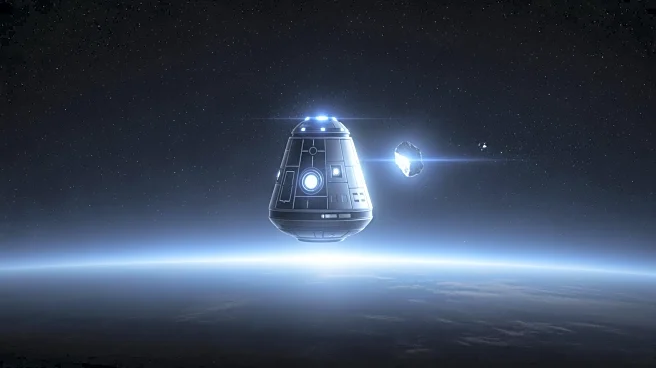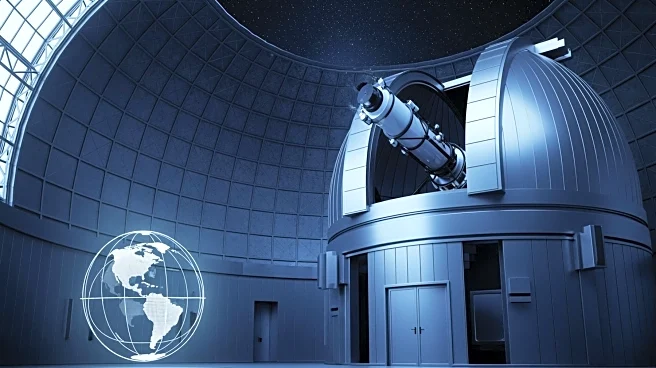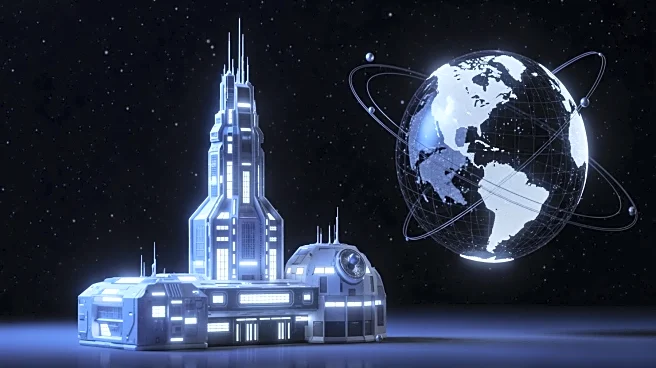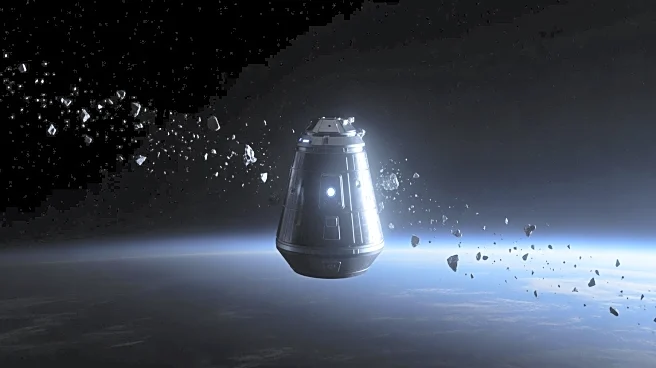By Eduardo Baptista
BEIJING (Reuters) -China's first emergency space launch entered orbit after blasting off on Tuesday, as the country looks to plug safety risks at its crewed space station after a vessel was damaged in orbit earlier this month.
The unmanned Shenzhou-22 spacecraft lifted off atop a Long March-2F rocket from the Jiuquan Satellite Launch Centre in northwest China at 12:11 p.m. (0411 GMT), according to China Manned Space Agency (CMSA).
Video shared by Chinese state broadcaster CCTV showed
the rocket blazing into space, with Earth visible in the background as the vessel entered orbit.
The spacecraft will travel to China's permanently inhabited Tiangong space station, where three astronauts currently reside with no flightworthy vessel that could return them to Earth in the event of an emergency.
"The spacecraft successfully separated from the rocket and entered its planned orbit, the launch mission was a complete success," CMSA said in a statement published on its official WeChat account.
On November 5, the Shenzhou-20 vessel was meant to return a trio of Chinese astronauts back to Earth but was deemed unfit to fly after the window of its return capsule was cracked by what CMSA suspects was impact from space debris.
SPARE PARTS AND GROCERIES
This forced China's space authorities on November 14 to deploy the only remaining flightworthy vessel, the Shenzhou-21, which had just arrived at the space station in late October, bringing a new trio of astronauts.
With the departure of Shenzhou-21 six months before schedule, Tiangong's three resident astronauts were left without a spacecraft, a safety risk the arrival of Shenzhou-22 will remove.
"This emergency launch is a first for China, but I hope it will be the last in humanity's journey through space," CMSA official He Yuanjun told CCTV.
Shenzhou-22 departed with spare parts for Tiangong, equipment to repair the window crack on the Shenzhou-20 vessel, which remains docked at the space station, as well as fresh fruit and vegetables.
After arriving at the station, the spacecraft will remain docked until around April 2026, when it will be used to transport the crew of the Shenzhou-21 back to Earth, the space agency added.
SPEEDY DEPLOYMENT
Since 2021, China's Shenzhou missions have sent trios of astronauts to Tiangong for six-month stays. Chinese safety protocols have always required a backup carrier rocket and Shenzhou spacecraft to be on standby at all times.
With the Shenzhou-22 vessel and its carrier rocket already stationed at the Jiuquan launch center, it only took 16 days for China's space authorities to execute the emergency launch procedure, according to CMSA's He.
China's quick and methodical response to this emergency contrasts with that of the United States, which had to deal with two NASA astronauts getting stuck aboard the International Space Station for nine months due to issues with the propulsion system of the vessel carrying them.
Both countries are closely studying each other's operational protocols and space technologies as they race to land an astronaut on the moon before or by 2030.
(Reporting by Eduardo Baptista; Additional reporting by Beijing newsroom; Editing by Jacqueline Wong and Saad Sayeed)














